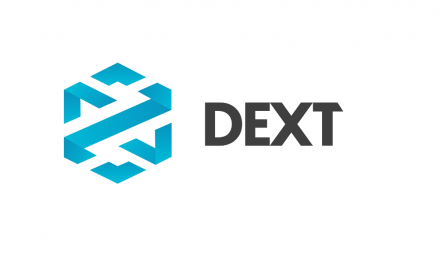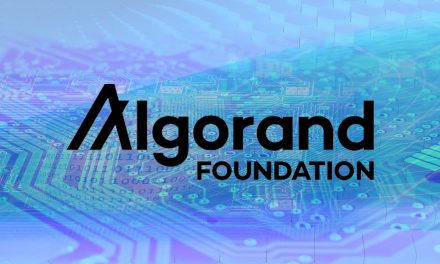In the dynamic realm of digital currencies and blockchain innovation, a pivotal concept frequently encountered is “blockchain transactions.” These transactions are fundamental to the operation of cryptocurrencies, facilitating secure, unambiguous, and decentralized value exchanges. We shall delve into the sophisticated mechanisms of these transactions and inspect their essential elements in this detailed exposition.
Blockchain Technology Explained
Blockchain technology is a decentralized digital ledger composed of data blocks linked in a sequential chain, contrasting with traditional databases’ tabular data storage. Each block, having a set storage capacity, is linked to the previous one upon reaching its limit. When the latest block is filled, new data is compiled into a subsequent block, added to the chain. Each network node possesses a replica of this blockchain, encapsulating the network’s transaction history.
Understanding Blockchain Transactions
In essence, a transaction is an agreement or exchange of assets. Within a blockchain, it denotes the transfer of data across its network. The blockchain stores these transactions in multiple copies, known as a digital ledger. Blockchain employs peer-to-peer networks, ensuring a decentralized, secure ledger that records transactions as unalterable, time-stamped digital blocks. Predominantly used as a digital ledger for transactions, blockchain technology operates without third-party involvement, with network participants validating the exchanges.
Simplifying further, a blockchain transaction is essentially a value exchange. It occurs when an individual conveys a specified cryptocurrency amount to another. To execute these transactions, a cryptocurrency wallet – a blockchain-integrated program accessible only to the user – is essential. This wallet tracks owned cryptocurrencies and facilitates their transactions, secured by a unique cryptographic method utilizing two interconnected keys: a private and a public key.
The public key, or blockchain address, is a sequence of characters required for fund reception, while the private key, akin to a credit card PIN, remains confidential and authorizes fund expenditures linked to the public key. The user, holding the private key, can authorize transactions, transferring value to the new owner. The network then disseminates the transaction for blockchain inclusion.
Core Elements of a Blockchain Transaction
- Sender’s Address: The transaction’s origin, derived from the sender’s public key.
- Recipient’s Address: The destination for the digital assets, generated from the recipient’s public key.
- Amount: The volume of cryptocurrency being transferred.
- Transaction Fee: A fee attached to transactions, incentivizing miners to include them in the blockchain.
- Signature: Verification of the transaction by the network using the sender’s private key.
- Timestamp: Records the transaction time, enhancing blockchain transparency and immutability.
Blockchain Transaction Mechanics
- Initiation: The user generates and signs a transaction with their private key, including recipient details, transfer amount, and transaction fee.
- Propagation: The transaction, once created, is broadcast across the network for validation.
- Verification: Miners collect and validate transactions, solving complex puzzles to add transactions to the blockchain.
- Consensus Mechanisms: Utilizing methods like Proof of Work or Proof of Stake, the network determines which miner adds the next block.
- Block Addition: The transaction becomes a permanent ledger part upon block addition.
- Confirmation: Multiple confirmations may be required for transaction security and irreversibility.
Blockchain Transaction Foundations
Security is paramount in blockchain transactions. Key elements include:
- Hash Encryptions: Utilizing algorithms like SHA256, transaction details are encrypted and added to the blockchain post-verification.
- Authentication and Authorization: Transactions are authenticated using cryptographic keys, ensuring secure exchanges.
- Mining: The process of adding transactions to the blockchain, secured by unforgeable hashes.
- Proof of Work and Stake: Validation protocols ensuring transaction legitimacy and security.
Blockchain Transaction Safeguards
- Cryptography: Ensures transaction initiation by rightful owners.
- Decentralization: Prevents manipulation or fraud by distributing verification across multiple nodes.
- Immutability: Renders transactions unalterable post-addition.
- Consensus: Ensures majority agreement on transaction validity.
Conclusion
Blockchain transactions represent a paradigm shift in value exchange, offering transparency, security, and decentralization. Understanding these transactions is crucial in the evolving landscape of blockchain technology, enabling secure and efficient digital value exchanges.





